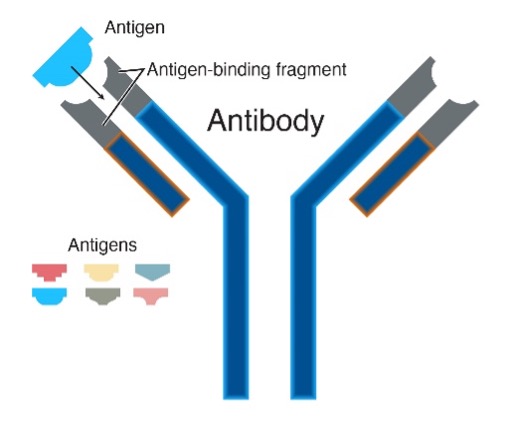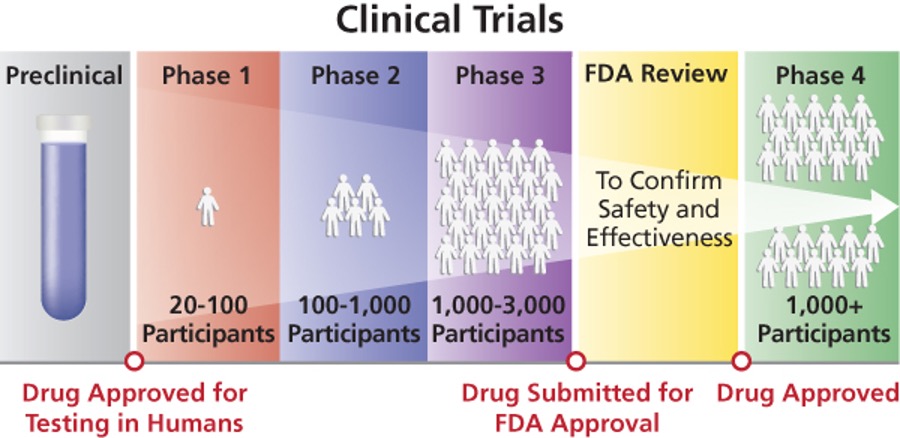News
Vaccines for COVID-19
Author: Prof. Rafael J. Yáñez-Muñoz, Royal Holloway University of London, 30 August 2021
Vaccines are very much still a hot topic in the news!
What is going on with vaccines for COVID-19 (more exactly against the coronavirus causing it, which technically is called SARS-CoV-2)? There have been more than 200 separate efforts worldwide to produce a vaccine against COVID-19.
For a start, what is a vaccine? It is a medicine that induces an immune response against a pathogen (normally a virus or bacteria). The immune response is the defence that the body mounts against the let’s say virus. Our bodies are incredibly well built, and their defences are strong and varied, including “antibodies” and “T-cells”. Antibodies are proteins that bind bits of the virus and help remove the pathogen from the body. T-cells are white blood cells that can attack the cells infected by the pathogen and kill them, thereby preventing the production of more virus in our bodies. Antibodies and T-cells do not recognise any odd pathogen, they are specific for small bits (the “antigens”), different in each pathogen. The goal of a vaccine is to make our bodies produce antibodies and/or T-cells against the virus before the pathogen infects us, so the defences are already up when we get infected, instead of having to be made from scratch, which sometimes would be too late. Here are some images of an antibody, how antibodies work and a T-cell in action below (images from www.genome.gov/ & www.nature.com).
 |
 |

There are many types of vaccines. Below I include a table describing the main types of vaccines, how they work, their advantages and disadvantages, existing examples used as vaccines for other pathogens, and some of the companies that are attempting to produce the different types against COVID-19.

https://www.sandiegouniontribune.com/news/science/story/2020-06-06/race-for-vaccine
Vaccines are developed in labs and initially tested on animals, in what we call “preclinical” development. Those vaccines which do well in the lab can then be tested on people. To know whether any drug or vaccine is effective in people, we perform “clinical trials”, which are tests on volunteers, before the drug or vaccine can be approved by the national regulator. In a worst-case scenario, people can die in a clinical trial as a result of the treatment, so trials have to be conducted with utmost care. Below is a slide describing the various types of clinical trials, which are normally done sequentially once the previous phase has been conducted successfully. If the vaccine is deemed successful by the clinical scientists, the sponsoring companies will apply for regulatory approval. In the UK the regulator in charge of approval is the Medicines and Healthcare products Regulatory Agency (MHRA). There have been many efforts to develop COVID-19 vaccines. Four vaccines have been approved for use in the UK: the Moderna vaccine, Oxford/AstraZeneca vaccine, Pfizer/BioNTech vaccine, and the Janssen vaccine (available later this year). The Pfizer/BioNTech and Moderna vaccines are made of RNA (ribonucleic acid, engineered from the coronavirus, a novel approach to making vaccines). The Oxford/AstraZeneca vaccine is an engineered virus (made from a chimpanzee adenovirus, which normally causes colds) modified with “antigens” from the coronavirus causing COVID-19. All three vaccines have been highly effective in protecting people from COVID-19, including older people.
Across the world many more vaccine candidates are in clinical trials and hundreds of candidates are in preclinical testing (being tested in the lab before any human volunteers are treated). Under normal circumstances, developing a new vaccine takes about 10 years. We had several advanced candidates within one year of this coronavirus being discovered, an astonishing speed.

https://genematics.com/clinical-trials-introduction/
No one could tell whether a vaccine against this coronavirus would be possible. For example, despite many years of research, we do not have a vaccine against HIV. But despite the emergence of COVID-19 variants, including the pervasive ‘delta’ variant, all the approved vaccines, are, so far, effective against coronavirus and its variants. Another major hurdle to the development of a vaccine is the mass-production of vaccines – this takes time for any company, but if several companies can produce effective vaccines, then the time to produce them for the whole population can be much reduced.
The NHS has been dealing with a massive vaccination campaign, which required prioritising people to receive the vaccine, because doses will be available gradually. As we have seen across the world, it may well take 1-2 years to have enough of the worldwide population vaccinated and thus protected from this coronavirus to stop worrying completely about the pandemic. Technically this will be achieved when we get “herd immunity”, which you will probably have heard mentioned on the news. If through vaccination most of the population is protected, the virus cannot find enough unprotected people to cause an epidemic, and even less a worldwide pandemic. That is the ultimate goal of the vaccination campaign.
One of the next big COVID-19 vaccine issues is ‘boosters’. Even when double-vaccinated, adults may need an additional Covid-19 vaccine, a ‘booster’ shot to help keep COVID-19 at bay. Booster jabs are currently being tested in clinical trials, to determine the safety and efficacy of a third dose. The reason for this is that protection against coronavirus is decreasing, likely due to waning immunity. Some research studies are now suggesting that the protection provided by the vaccines may start to wear off over time, especially against the now-dominant Delta variant. Although more studies are needed, and clinical trial results of the booster shot will inform us, it is likely that many of us should expect to receive a third dose of a vaccine against COVID-19, as we strive towards normality.
In the meantime, as we strike a balance between ‘opening up’ and getting back to normal, many non-vaccine factors – social distancing, use of face masks and hygiene – remain critical.